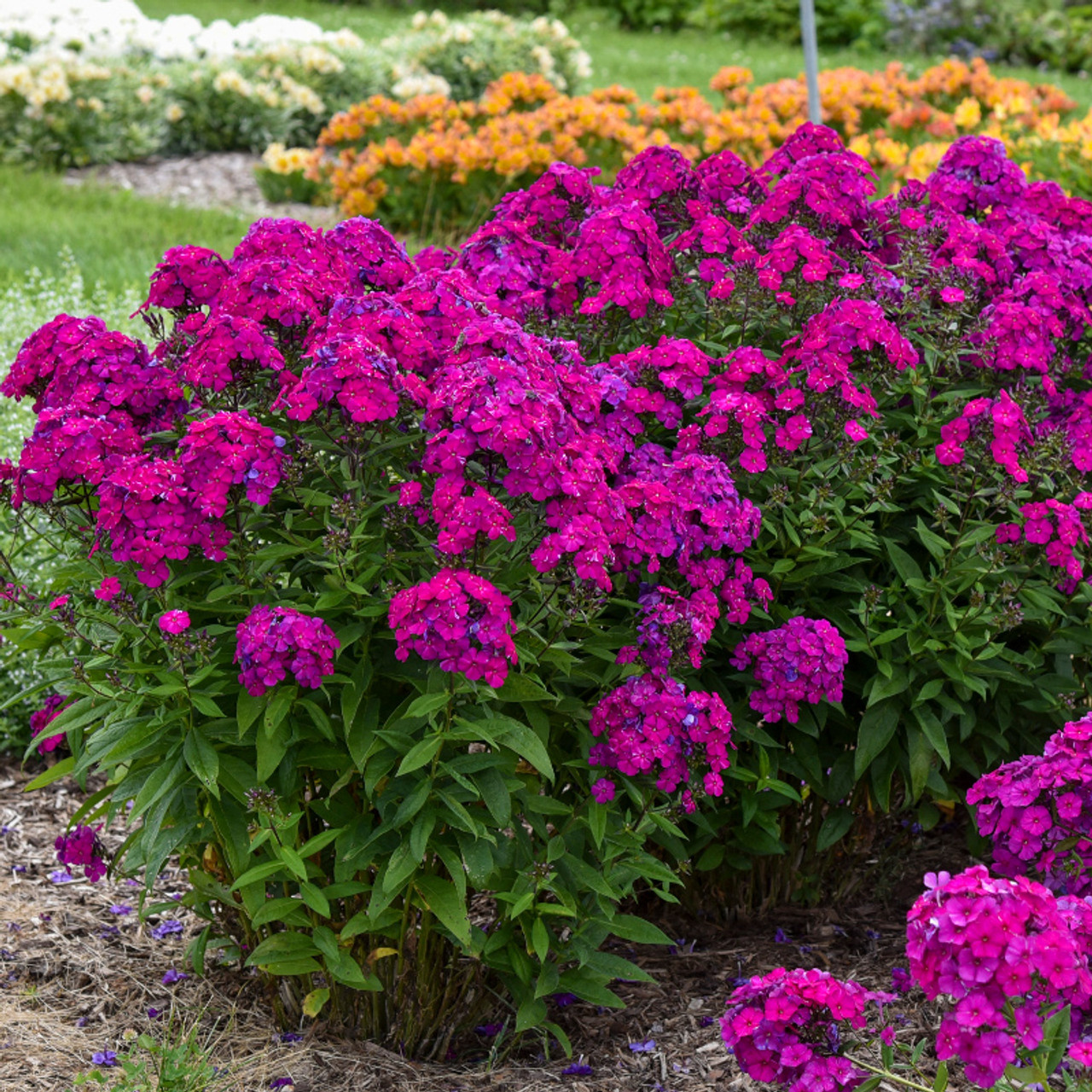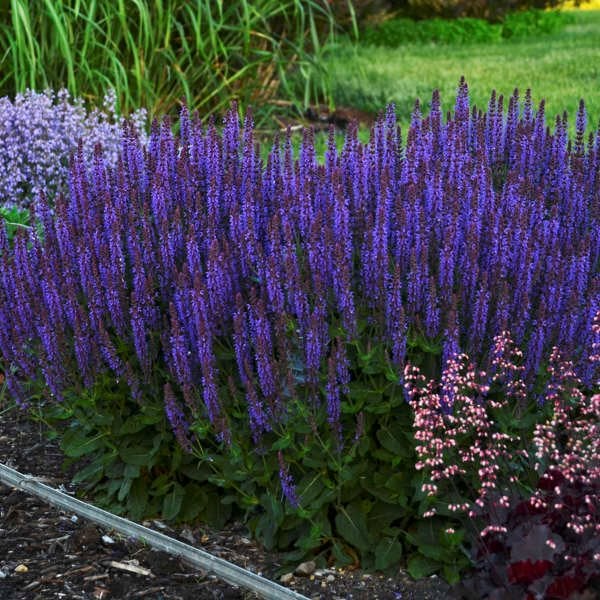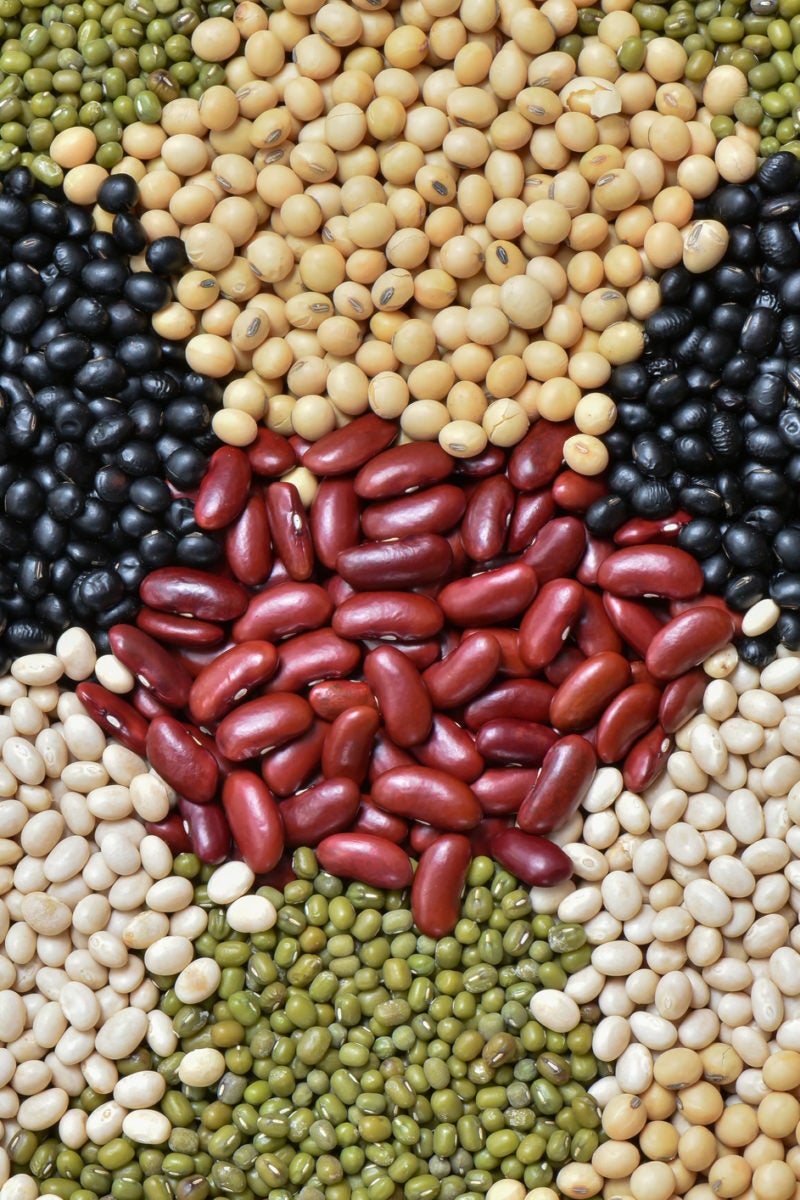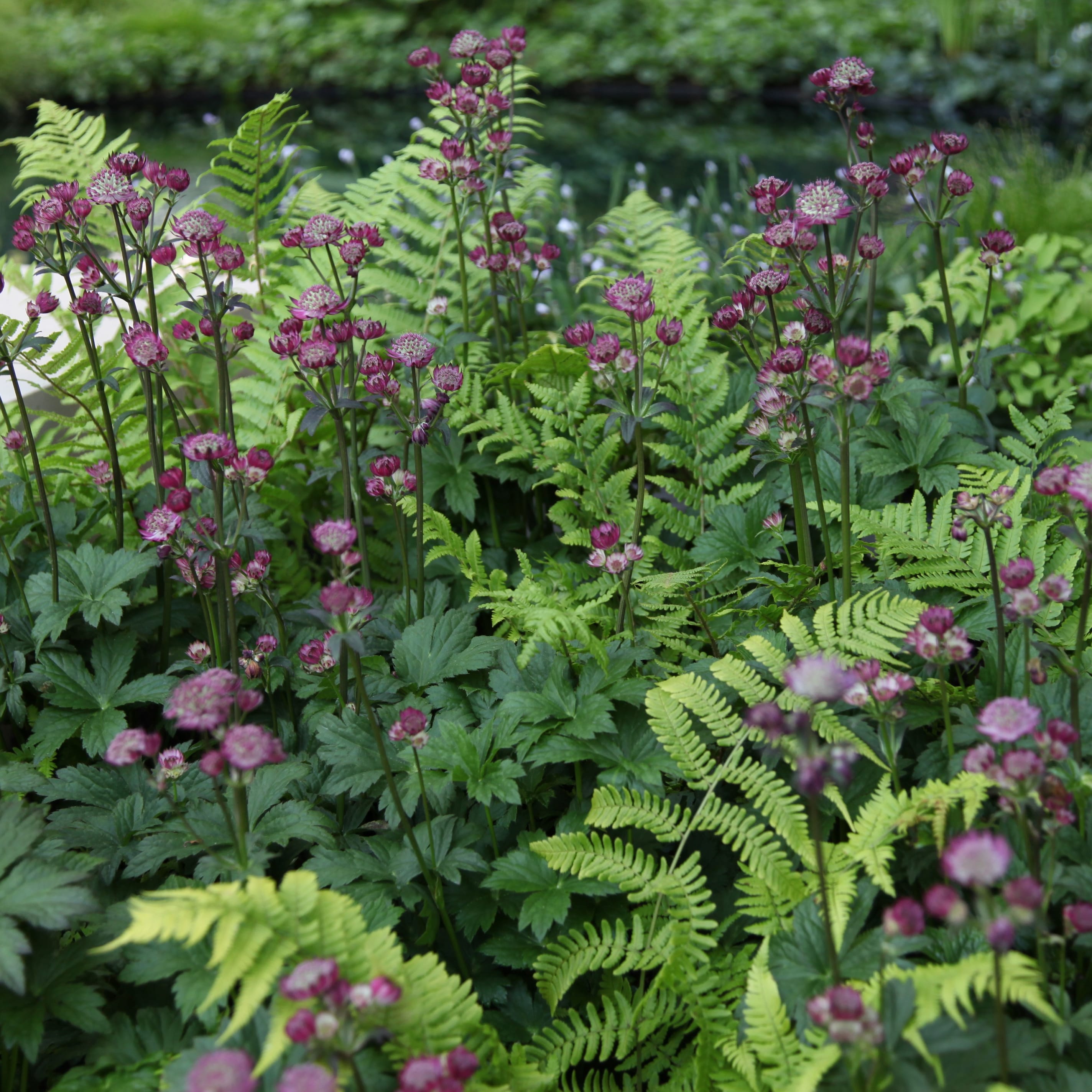Astrantia: The Perfect Companion Plant
Astrantia, also known as masterwort, is a beautiful and versatile perennial that is perfect for adding to any garden. It is known for its delicate star-shaped flowers that come in a variety of colors, including white, pink, red, and purple. Astrantia is also a great choice for companion planting, as it can be paired with a variety of other plants to create a stunning and harmonious display.
In this blog post, we will discuss the benefits of using astrantia as a companion plant, as well as some of the best plants to pair it with. We will also provide some tips on how to plant and care for astrantia, so that you can enjoy its beauty for years to come.
Benefits of Using Astrantia as a Companion Plant
There are many benefits to using astrantia as a companion plant. Here are just a few:
- It attracts pollinators. Astrantia's star-shaped flowers are a favorite of bees, butterflies, and other pollinators. This makes it a great choice for gardens that are trying to attract these beneficial insects.
- It helps to deter pests. The strong scent of astrantia's flowers can help to deter pests such as aphids, slugs, and snails. This makes it a good choice for gardens that are prone to these pests.
- It adds structure and height to the garden. Astrantia's tall, airy stems can help to add structure and height to the garden. This makes it a good choice for gardens that need a little bit of vertical interest.
- It is easy to care for. Astrantia is a relatively easy plant to care for. It is drought-tolerant and can tolerate a variety of soil conditions.
Best Plants to Pair with Astrantia
Astrantia can be paired with a variety of other plants to create a stunning and harmonious display. Here are a few of the best plants to pair with astrantia:
- Geraniums: Geraniums and astrantia have similar flower shapes and colors, so they make a great pair. Geraniums come in a variety of colors, so you can choose the ones that will complement the colors of your astrantia plants.

- Lavender: Lavender's delicate purple flowers add a touch of elegance to any garden. It is also a good choice for attracting pollinators.

- Allium: Allium's tall, airy flowers add a touch of drama to any garden. They also bloom at the same time as astrantia, so they make a great companion plant.

- Salvia: Salvia's bright blue flowers add a touch of color to any garden. They also bloom for a long period of time, so they can help to extend the flowering season of your astrantia plants.

- Monarch butterflies: Monarch butterflies are attracted to astrantia's flowers. If you want to attract these beautiful creatures to your garden, plant astrantia along with some of their other favorite plants, such as milkweed and butterfly weed.

How to Plant and Care for Astrantia
Astrantia is a relatively easy plant to plant and care for. Here are some tips:
- Plant astrantia in the spring or fall. This will give the plant time to establish itself before the hot summer weather arrives.
- Choose a spot that gets partial to full shade. Astrantia can tolerate full sun, but it will do best in partial shade.
- Plant astrantia in well-drained soil. Astrantia is not tolerant of wet soil.
- Water astrantia regularly, especially during the first year. Once the plant is established, it will be more drought-tolerant.
- Fertilize astrantia in the spring with a balanced fertilizer. Do not over-fertilize, as this can lead to leggy growth.
- Deadhead astrantia regularly to encourage new blooms.
- Divide astrantia every 3-4 years to keep it healthy and vigorous.
Conclusion
Astrantia is a beautiful and versatile perennial that is perfect for adding to any garden. It is easy to care for and can be paired with a variety of other plants to create a stunning and harmonious display. If you are looking for a new plant to add to your garden, astrantia is a great option.
Astrantias are beautiful perennials that can add a touch of elegance to any garden. But what if you want to take your garden to the next level? By planting companion plants with your astrantias, you can create a stunning and harmonious display.
There are many different companion plants that can be paired with astrantias. Some popular choices include:
- Ferns provide a lush backdrop for the delicate flowers of astrantias.
- Geraniums add a touch of color and contrast.
- Heucheras offer interesting foliage that complements the flowers of astrantias.
- Campanulas add height and drama to the garden.
For more information about astrantia companion plants, I recommend visiting Gardenia Inspiration. This website has a comprehensive list of companion plants for astrantias, as well as helpful tips on how to plant and care for them.
FAQ of astrantia companion plants
1. What are some good companion plants for astrantia?
Astrantia is a versatile plant that can be paired with a variety of other plants. Some good companion plants for astrantia include:
- Corydalis - This plant has delicate blue or purple flowers that bloom in spring. It is a good choice for adding height and interest to a garden bed.
- Geranium - This plant has a wide variety of flower colors, including pink, red, white, and blue. It is a good choice for adding color and texture to a garden bed.
- Lupine - This plant has tall spikes of flowers that bloom in spring. It is a good choice for adding height and drama to a garden bed.
- Phlox - This plant has a wide variety of flower colors, including pink, red, white, and blue. It is a good choice for adding color and fragrance to a garden bed.

- Salvia - This plant has spikes of blue, purple, or white flowers that bloom in summer. It is a good choice for adding color and height to a garden bed.

2. What are the benefits of planting companion plants with astrantia?
There are several benefits to planting companion plants with astrantia. Companion plants can help to:
- Attract pollinators. Many companion plants attract pollinators, such as bees and butterflies. These pollinators help to pollinate the astrantia flowers, which leads to more blooms.
- Improve the soil. Some companion plants, such as legumes, can help to improve the soil by fixing nitrogen. This can benefit the astrantia plants by providing them with the nutrients they need to grow.

- Discourage pests. Some companion plants can help to discourage pests from attacking astrantia plants. For example, marigolds are known to repel mosquitoes and aphids.

- Create a more interesting garden. Companion planting can help to create a more interesting and visually appealing garden. By pairing plants with different flower colors, textures, and heights, you can create a garden that is both beautiful and functional.
3. How far apart should astrantia companion plants be planted?
The distance between astrantia companion plants will depend on the size of the plants. In general, you should plant companion plants about 18-24 inches apart. This will give the plants enough space to grow and develop without crowding each other.
4. What are some tips for planting astrantia companion plants?
Here are some tips for planting astrantia companion plants:
- Choose companion plants that have similar water and sunlight requirements. This will help to ensure that all of the plants in your garden are getting the care they need.
- Plant companion plants that are compatible with each other. Some plants can be harmful to others, so it is important to do your research before planting together.
- Plant companion plants in groups of three or more. This will help to create a more visually appealing garden and will also attract more pollinators.
5. What are some common mistakes to avoid when planting astrantia companion plants?
Here are some common mistakes to avoid when planting astrantia companion plants:
- Planting companion plants too close together. This can lead to overcrowding and can prevent the plants from getting enough sunlight and water.
- Planting companion plants that have different water and sunlight requirements. This can lead to one plant getting too much or too little of what it needs, which can stress the plant and make it more susceptible to pests and diseases.
- Planting companion plants that are incompatible with each other. This can lead to one plant harming the other, which can stunt the growth of both plants.
Image of astrantia companion plants
5 different images of "astrantia companion plants" from Pinterest:
- Astrantia and geraniums. These two plants complement each other well in terms of color and texture. The delicate pink flowers of astrantia are a perfect match for the bolder colors of geraniums.

- Astrantia and alliums. These two plants have similar bloom times, so they can be planted together to create a long-lasting display. The tall, spiky flowers of alliums provide a nice contrast to the more rounded flowers of astrantia.
- Astrantia and ferns. The delicate flowers of astrantia are a beautiful way to add some height and interest to a fern border. The ferns' feathery foliage also helps to soften the edges of the astrantia's flowers.

- Astrantia and campanulas. These two plants have similar flower shapes, so they can be planted together to create a cohesive look. The campanulas' delicate blue flowers provide a nice contrast to the deeper pinks and purples of astrantia.

- Astrantia and knifophia. These two plants have similar heights, so they can be planted together to create a vertical accent in the garden. The spiky flowers of knifophia provide a nice contrast to the more rounded flowers of astrantia.


Post a Comment for "Astrantia: The Perfect Companion Plant"